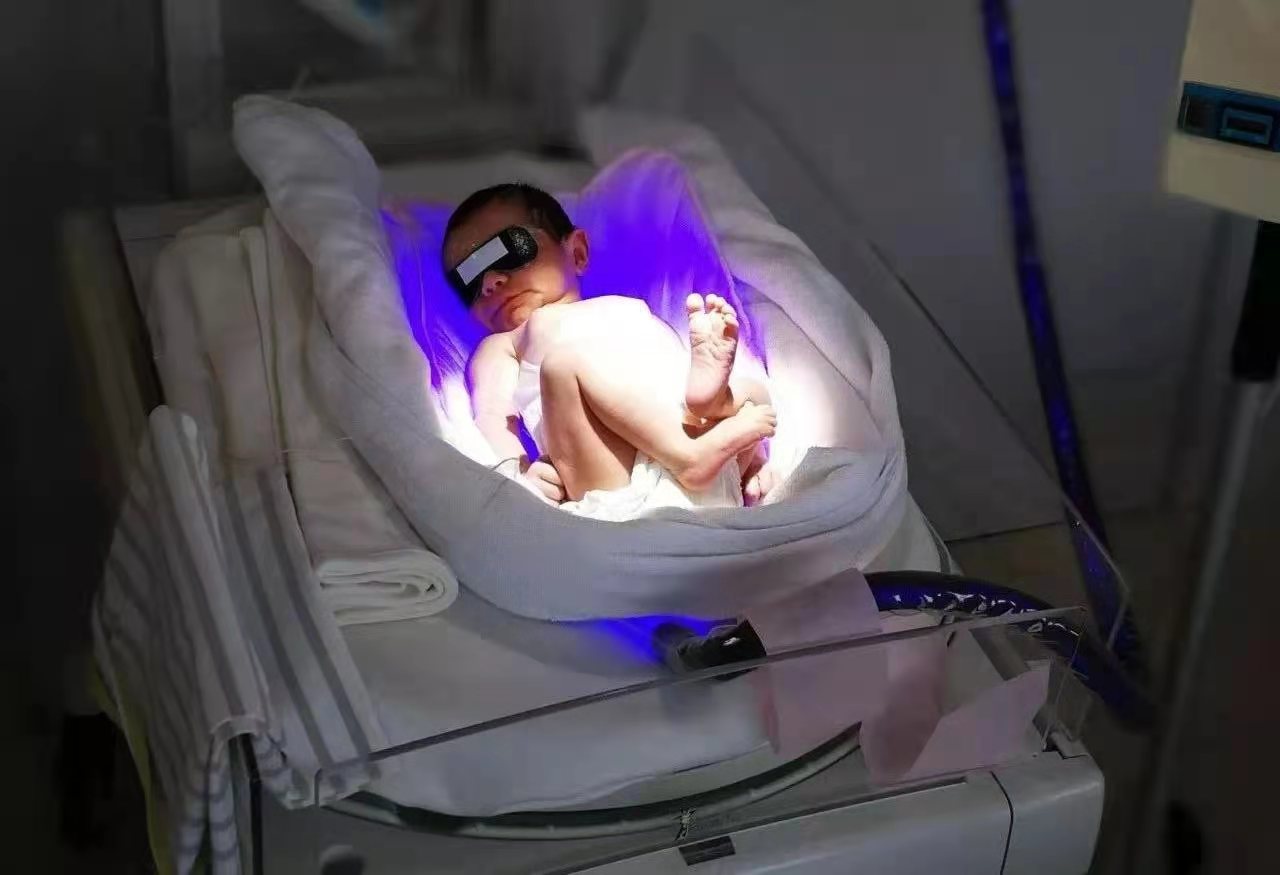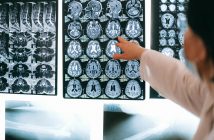One thing that many new parents aren’t prepared for immediately after delivery is jaundice. It’s not always a topic that comes up during check-ups and even if it does, sometimes you’re too overwhelmed by all the information given to you that when jaundice is listed in a long list of things you might expect, it goes in one ear and right out the other.
For many of us, the only time we’ve ever heard of anyone with jaundice is from episodes of House M.D., and if it was serious enough to make repeat cameos on that show, it must be pretty bad! And when your newborn starts turning yellow, thoughts like “is it the Beijing pollution or did I not get enough sun when I was pregnant” start spinning through your head. But what is jaundice and what’s the actual cause? Our friends at Oasis International Hospital shed some light on the condition.

Jaundice is a condition commonly seen among newborns. It’s a condition that causes the skin and mucus membranes, such as the whites of the eyes and inner lining of the mouth, to become yellow. Mild jaundice normally resolves itself within one to two weeks; this is known as physiologic jaundice. Jaundice that persists and intensifies, however, is known as pathological jaundice and poses a potential risk to the baby’s health. Gaining better insight and understanding into this condition is a prudent step to alleviating unnecessary panic and worry among parents and caregivers.
What causes jaundice?
Jaundice is caused by too much bilirubin in the blood. Bilirubin is a natural yellow substance produced within the body. It is produced when red blood cells, which carry oxygen around the body, are broken down. Bilirubin travels through our bloodstream and into the liver where it is processed on and passed out through stool and urine.
Newborns have a much higher level of red blood cells (RBCs) than adults. Fetal RBCs are being frequently replaced with mature RBCs producing more bilirubin, as much as twice an adult. Processing and removal of bilirubin from the bloodstream are slow over the first two weeks due to an underdeveloped liver.
Premature babies
A premature baby is one who is born too early, before 37 weeks of pregnancy. A premature baby is more likely than others to have jaundice because his liver is underdeveloped and may feed less, thus having fewer bowel movements resulting in less bilirubin eliminated through the stool.
Breastfed babies
Breastfeeding jaundice or breastfeeding failure occurs during an infant’s first week. This is due to insufficient milk supply that leads to dehydration. Low milk intake causes slower bilirubin elimination and increases enterohepatic circulation (description below) which contributes to the rise in bilirubin.
Breastmilk
Breastmilk contains an enzyme that inhibits the breakdown of bilirubin prolonging the elimination of jaundice in mostly exclusively breastfed babies. It is a benign condition that is harmless and requires no treatment. It is seen after the first week of life and persists beyond two weeks, clearing within 12 weeks. Breastfeeding can still continue as normal.

Contributing conditions
Pathological jaundice, mentioned above, is due to hyperbilirubinemia due to certain conditions or disease processes. This kind of jaundice requires close monitoring and prompt management to prevent complications.
Ineffective red blood cell production, a condition known as Polycythemia, also increases bilirubin production. Examples of these conditions are:
- Infants of mothers with gestational diabetes mellitus.
- Cephalhematoma – accumulation of blood under the scalp resulting from trauma to the baby’s head passing through a narrow birth canal. This blood accumulation causes red blood cells to be destroyed, thus increasing bilirubin levels.
Abnormally shaped red blood cells also cause jaundice as they are easily destroyed and sequestered by the body contributing to bilirubin production. Examples of this are hereditary spherocytosis.
Treatment
The correct course of jaundice treatment is determined by the cause. Jaundice is monitored through visual inspection and measurement of skin bilirubin. Elevated levels of blood bilirubin will require a blood test to determine an accurate blood bilirubin level.
Adequate hydration
Ensure adequate nutrition and hydration to prevent dehydration and enterohepatic circulation. Adequate feeding will ensure the elimination of bilirubin through the feces.
Phototherapy
This uses the radiance of light to break down bilirubin. It is a safe and effective method to treat hyperbilirubinemia. Infants should be well hydrated to ensure the elimination of bilirubin through feces.

Baby undergoing light therapy at Oasis
Exchange transfusion
Done in extreme cases when bilirubin continues to rise despite intensive phototherapy or other interventions. The infant’s blood will be replaced by a donor’s to rapidly decrease the bilirubin level.
Intravenous immuoglobin (IVIG)
This is usually given in cases of blood incompatibilities with rapidly rising bilirubin levels. It blocks the antibodies that attack and destroy red blood cells. This method can be used to reduce the need for an exchange transfusion.
KEEP READING: Feeding Success: Breastfeeding Advice from the Experts
Images: Courtesy of Oasis International Hospital




